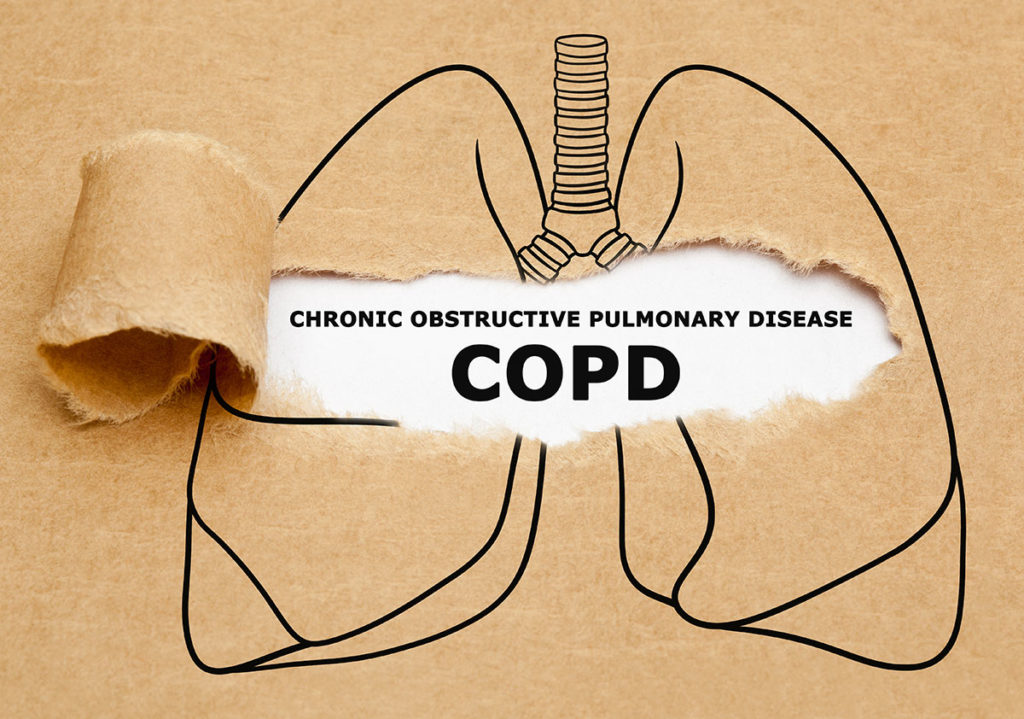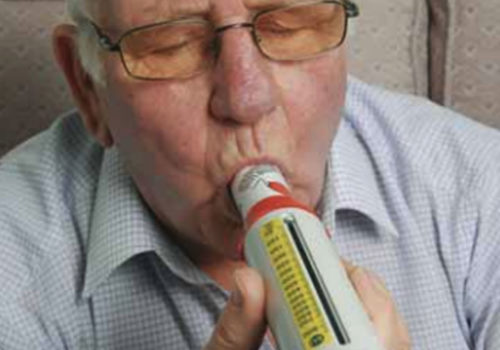There are several different drug types used in the management of hypertension. This back to basics provides a useful summary of the different antihypertensive drug classes and how they act to regulate blood pressure.




View Chronic obstructive pulmonary disease (COPD) Articles
 About chronic obstructive pulmonary disease.
About chronic obstructive pulmonary disease.
Chronic obstructive pulmonary disease (COPD) affects about 1.2 million people in the UK making it the second most commonly diagnosed respiratory disease. The number of patients with COPD has been steadily increasing and the predominantly older (>60 years) patients often present with varying degrees of emphysema and chroninc bronchitis.
Diagnosis of COPD generally requires spirometry and a chest x-ray and blood counts to exclude anaemia and polycythaemia as well as calculations of body mass index (BMI) and oxygen saturation.
A critically important first step in the management of COPD is smoking cessation, where appropriate.
Other common interventions include pneumococcal and annual influenza vaccinations and dietary intervention to promote weight loss.
Inhaled corticosteroids, long acting muscarinic antagonists and long acting beta agonists (LABAs) are the foundation of therapy for Chronic obstructive pulmonary disease – underling the importance of educating patient to use their inhalers appropriately.

People with COPD should be reviewed at least annually according to the Quality and Outcomes Framework. However, there is little mention of the importance of assessing nutritional status and no ‘QOF’ points for doing so. This article describes the assessment and management of COPD patients with a risk of malnutrition.

Chronic obstructive pulmonary disease (COPD) is a largely preventable, slowly progressive, inflammatory disease. Rates of COPD are rising faster in women than in men, yet women are less likely to be diagnosed. There is currently no cure, but best-practice management outlined in recently updated NICE guidelines can help to improve patients’ symptoms and quality of life.

Chronic clinical conditions have traditionally been regarded as individual disease categories within individual patients, although there is often considerable overlap across clinical systems. However, for those managing these patients the presence of various co-morbidities is all-too apparent. It may be time to consider a new approach to management of these patients.
Cardiovascular morbidity and mortality in patients with chronic obstructive pulmonary disease (COPD) is nearly double the rate in the general population without COPD. And for those with cardiovascular disease (CVD) and COPD, heart failure is the most common cause of hospitalisation.
The Quality and Outcomes Framework (QOF) is now well into its third year and continues
to expand boundaries of quality domains within chronic disease management. In this
article we review some of the challenges in QOF indicators for asthma and COPD and
suggest some tips to make the requirements easier to achieve in daily clinical practice.

Breathlessness is a very common problem in the patients we see in general practice, and
there is a range of possible causes. In this article – the first in a series of three looking
at how to diagnose what’s wrong with a breathless patient – we explore how to
distinguish between two of the commonest respiratory causes of breathlessness,
asthma and chronic obstructive pulmonary disease.
Acute exacerbations of chronic obstructive pulmonary disease (COPD) are common and
have serious implications. They greatly reduce patients’ quality of life and often result
in hospital admissions. Acute exacerbations of COPD are the largest single cause of
emergency respiratory admissions and each exacerbation results in an average hospital
stay of 10.3 days. In this article we review what causes exacerbations in patients with COPD and
how you can help to prevent and treat them effectively.
A unique new e-platform for primary care

For healthcare professionals in countries with applicable health authority product registrations. The content may not be approved for use in your specific region or country. Please review the applicable product labelling for your country for indications and instructions prior to use. If not approved, please exit this site.
We use cookies to ensure that we give you the best experience on our website.
By continuing to this site you are confirming that you are a healthcare professional and are opting into the use of cookies.
Yes, proceed to the site


















